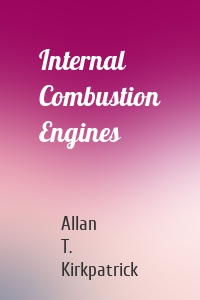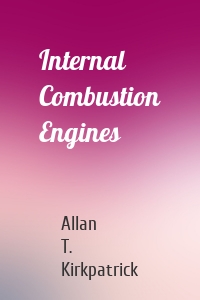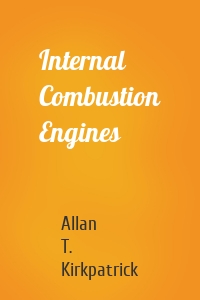Allan T. Kirkpatrick
3 кн.
Internal Combustion Engines
Since the publication of the Second Edition in 2001, there have been considerable advances and developments in the field of internal combustion engines. These include the increased importance of biofuels, new internal combustion processes, more stringent emissions requirements and characterization, and more detailed engine performance modeling, instrumentation, and control. There have also been changes in the instructional methodologies used in the applied thermal sciences that require inclusion...
| Автор | Allan T. Kirkpatrick |
Internal Combustion Engines
Since the publication of the Second Edition in 2001, there have been considerable advances and developments in the field of internal combustion engines. These include the increased importance of biofuels, new internal combustion processes, more stringent emissions requirements and characterization, and more detailed engine performance modeling, instrumentation, and control. There have also been changes in the instructional methodologies used in the applied thermal sciences that require inclusion...
| Автор | Allan T. Kirkpatrick |
Internal Combustion Engines
Since the publication of the Second Edition in 2001, there have been considerable advances and developments in the field of internal combustion engines. These include the increased importance of biofuels, new internal combustion processes, more stringent emissions requirements and characterization, and more detailed engine performance modeling, instrumentation, and control. There have also been changes in the instructional methodologies used in the applied thermal sciences that require inclusion...
| Автор | Allan T. Kirkpatrick |




